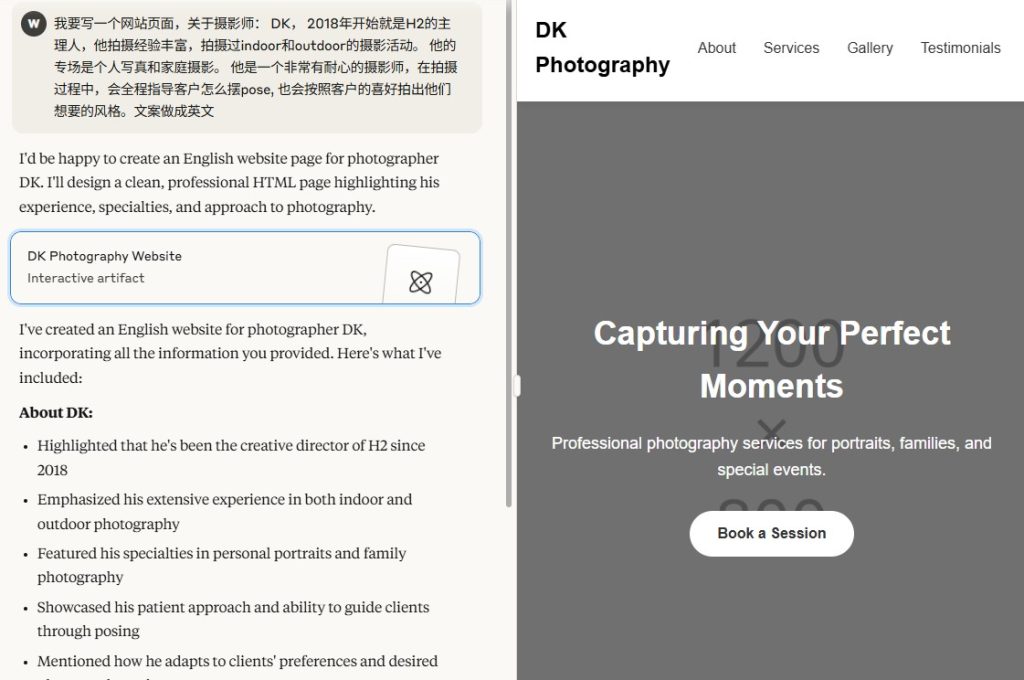The internet gave businesses new opportunities for a better reach than when operating physical stores. E-commerce became the internet’s open market space. With thousands of E-commerce sites to compete with, many small businesses began to struggle to get new customers.
Getting constant and organic traffic to one’s e-commerce site is easier said than done. While algorithms and features are constantly being developed and upgraded, they have only become too expensive for a growing e-commerce business to cope with.
What is SEO?
SEO is the process of ranking a website high on search engines’ natural or organic results. Simply put, when you want a website to show on a search engine’s first-page search result and also among the first three results, SEO helps you achieve this.
Additionally, an e-commerce SEO is a process of increasing an e-commerce website’s ranking on a search engine. It improves the quality of organic traffic being sent to the e-commerce website.
How to Use SEO to Improve E-commerce Website Traffic
There are several ways to improve an e-commerce website traffic organically. You can make use of any of these tips or a combination of all of them.
Keywords Optimisation
When people search on search engines, they type specific keywords into the search query. The search engine’s algorithm displays results that are related to the keywords.
Before getting into other technical aspects of improving traffic to your e-commerce website, it’s best to start with the basics, like keyword optimisation. You want your e-commerce web pages and products to appear in search results when specific keywords are used.
A good and easy way to know which keywords to use for web pages and product optimisation is to put yourself in the shoes of your prospective customers. What keywords would they naturally search on a search engine’s query?
For instance, when customers look for midi dresses online, they’re more likely to use the keywords “midi dress” or “midi dresses.” So if you optimise your midi dresses or midi dress web page with this keyword, the search engine’s algorithm will naturally choose your webpage to appear on its search result.
You can take advantage of one of Google’s free keyword tools, Google Keyword Planner, to plan keywords.
Informative Web Pages
With keyword optimisation settled and you’re now able to get new customers to your product page or web pages, what quality of information will they find? Up until February 2019, many websites didn’t think to care much about the quality of the pages. Google has remained the best search engine because of its continued modification and feature upgrades to deliver quality results to its users.
With the creation and implementation of E-A-T (Expertise, Authoritativeness, and Trustworthiness), websites (especially those like e-commerce) are mandated to abide by its guidelines. For an e-commerce website, when customers visit a product webpage, Google expects the results should be authentic and trustworthy. The example below briefly explains an excellent way to optimise the website to pass E-A-T.
A search for midi dresses should lead customers to a webpage with several midi dress images and short descriptions of the dresses. This gives customers a range of choices to make. The descriptions should be about the features of each midi dress, like its material type, zipper options, climate rating, etc. It should also include the price, discount offers, ratings, and reviews by previous customers.
The webpage from the above example ticks all the boxes of the E-A-T guidelines. Such a page would be ranked higher on the search results than one that’s less informative.
Website Structure and Navigation
Have you ever visited a webpage and become frustrated trying to find your way around? You’re more likely to exit the website and probably consider never returning. Improving your e-commerce website structure and navigation can ultimately increase traffic and conversions to the site.
For an e-commerce website, this is very important. Customers want to do searches and find the items easily in your store. To enhance user navigation, you may want to implement what is popularly referred to as breadcrumbs.
You’ve probably seen these breadcrumbs’ navigation and never knew what it was. It tells users where they are on your website without checking the URL. For example, when a midi dress customer clicks on your website from a search engine, the page it redirects to would boldly have Midi Dresses on it. It tells the customer they’re only in the midi dress store of your online stores.
Search engines also use this to rank e-commerce websites alongside a clean URL structure.
Structured Data Markup and Rich Snippets
Unless you’ve basic website design and development knowledge, you’re probably pretty lost at some point. However, you’ve probably encountered or seen it in use but didn’t realise what it was.
The whole idea of e-commerce SEO is to get customers to see your website and want to visit it (organic traffic). Structured markup showcases your products on search engines, with their ratings, even before prospective customers land on your website.
Rich Snippets display product images with reviews and ratings. For example, when a search engine user searches for midi dresses, the search engine shows snippets of midi dress images with ratings. By placing midi dresses with the best rating on the data markup, the search user can get a sneak view into your midi dress shop and know you already have satisfied customers. Guess what? They’re more likely to follow through with a click.
Mobile Device Optimisation
Billions of people access their mobile devices daily all over the world. People are also likely to visit your e-commerce website through these mobile devices the way they do with computers. Therefore, your e-commerce site must be optimised for use on mobile devices.
With Google’s mobile device crawler implementation in 2019, the search engine giant announced it’ll also be ranking websites on the adaptiveness and performance of the mobile version of their websites.
Simply put, when viewing your e-commerce website on a mobile device, the user experience should be similar to when on a computer. This means the products and structure should be similar and media optimised for mobile devices. So, for example, if you have ads running on the website, it shouldn’t interfere with the site’s overall navigation on a smaller screen device.
Conclusion
With the rise of e-commerce websites, getting yours lost in the crowd is easy. However, to give your e-commerce website a fighting chance, it has to be seen and rank high on search engine results. Although there are many paid digital marketing tools, one of the most efficient ways to increase organic website traffic is through e-commerce SEO.
The list is not exhaustive as there are other ways to boost an e-commerce website. To stay on top, you may want to incorporate free and paid marketing tools to increase traffic and continuously rank high on search engines.
Also to help you reach and stay in the top position of any search engine, engaging a reliable SEO professional is recommended. Leave the work to the experts and reap the benefits by being noticed and increasing your reach.








